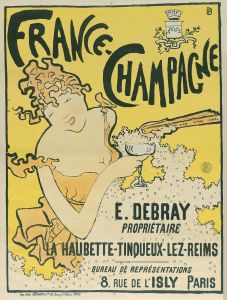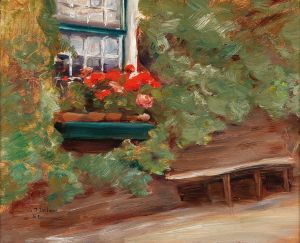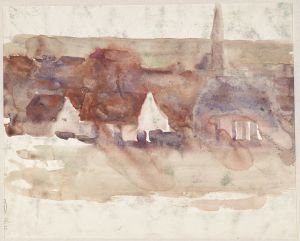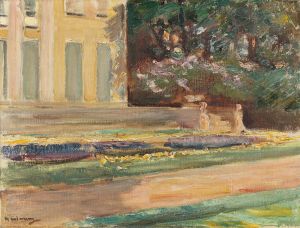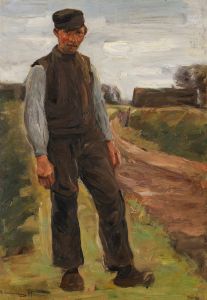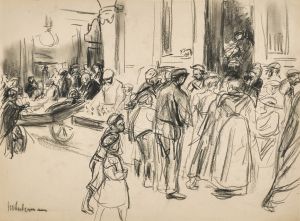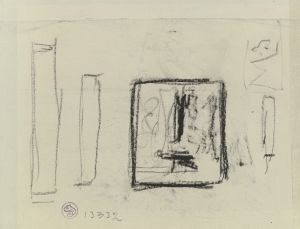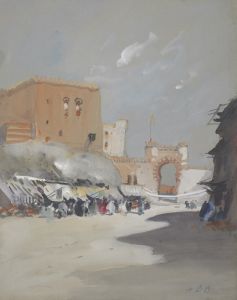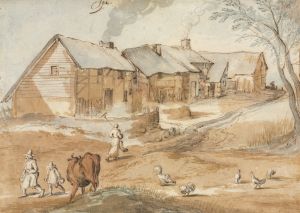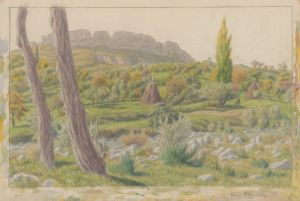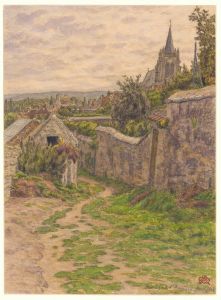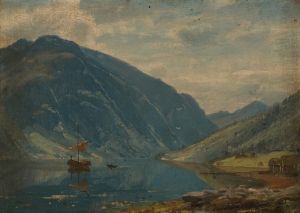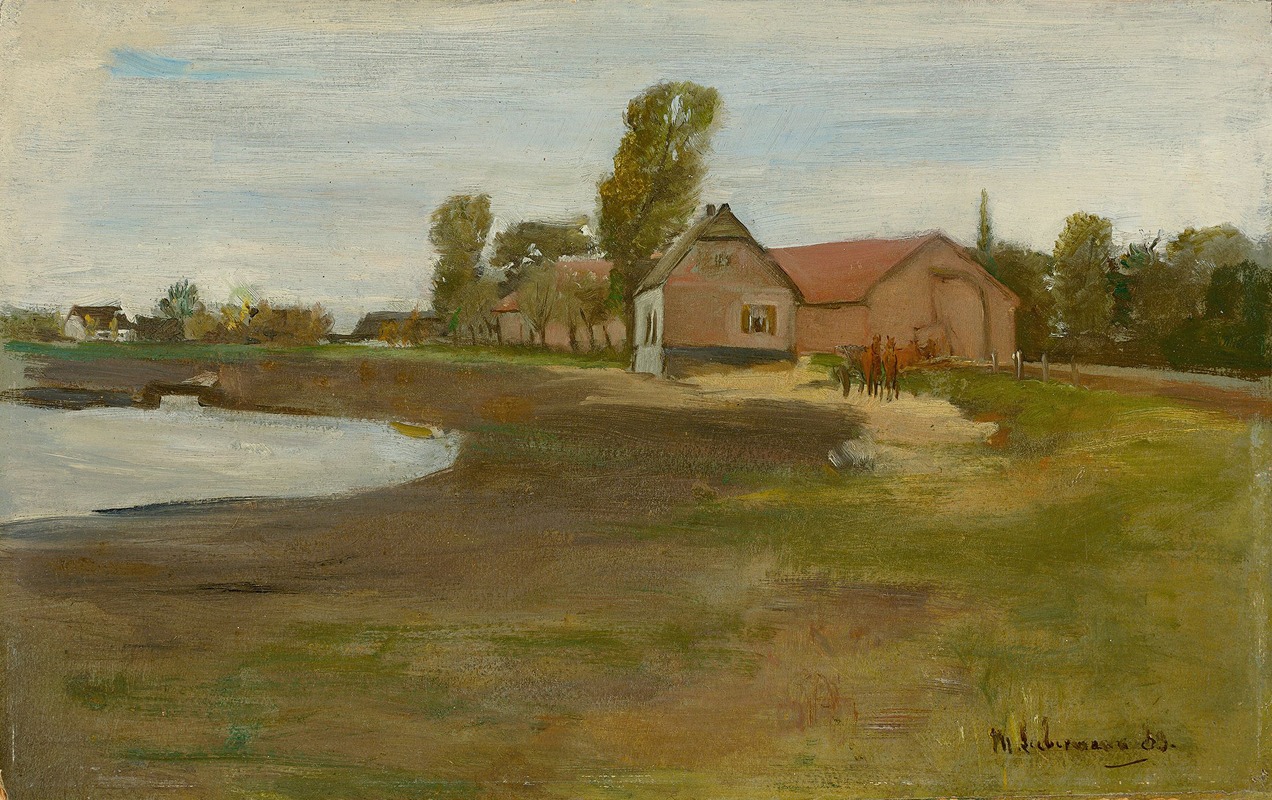
Dorfstraße in Militsch – Landschaft mit Teich
A hand-painted replica of Max Liebermann’s masterpiece Dorfstraße in Militsch – Landschaft mit Teich, meticulously crafted by professional artists to capture the true essence of the original. Each piece is created with museum-quality canvas and rare mineral pigments, carefully painted by experienced artists with delicate brushstrokes and rich, layered colors to perfectly recreate the texture of the original artwork. Unlike machine-printed reproductions, this hand-painted version brings the painting to life, infused with the artist’s emotions and skill in every stroke. Whether for personal collection or home decoration, it instantly elevates the artistic atmosphere of any space.
Max Liebermann was a prominent German painter and printmaker, associated with the Impressionist movement. He was born on July 20, 1847, in Berlin, and became one of the leading figures in the art world during the late 19th and early 20th centuries. Liebermann's work is characterized by his loose brushwork, vibrant use of color, and his focus on capturing the effects of light and atmosphere.
One of Liebermann's notable works is "Dorfstraße in Militsch – Landschaft mit Teich" (Village Street in Militsch – Landscape with Pond). This painting exemplifies Liebermann's interest in rural scenes and his ability to depict the serene beauty of the countryside. The painting captures a tranquil village scene, with a pond reflecting the surrounding landscape. The composition is balanced and harmonious, showcasing Liebermann's skill in creating depth and perspective.
Liebermann often drew inspiration from his travels and the natural world. His work frequently depicted everyday life, rural landscapes, and scenes of leisure. "Dorfstraße in Militsch – Landschaft mit Teich" is a testament to his ability to transform a simple village scene into a work of art that conveys a sense of peace and tranquility.
Throughout his career, Liebermann was influenced by the French Impressionists, particularly Édouard Manet and Edgar Degas. He adopted their techniques of capturing light and movement, which is evident in the fluid brushstrokes and the play of light in "Dorfstraße in Militsch – Landschaft mit Teich." Liebermann's work was also marked by a keen observation of nature and a dedication to realism, which he combined with the Impressionist style to create his unique artistic voice.
Liebermann's contributions to art extended beyond his paintings. He was a significant figure in the Berlin Secession, an art movement that sought to break away from traditional academic art and promote modernist approaches. As a leader of this movement, Liebermann played a crucial role in shaping the direction of German art in the early 20th century.
Despite facing challenges during his lifetime, including the rise of the Nazi regime and its condemnation of modern art, Liebermann's legacy endured. His work continues to be celebrated for its technical mastery and its ability to capture the beauty of everyday life. "Dorfstraße in Militsch – Landschaft mit Teich" remains an important piece in understanding Liebermann's artistic journey and his contribution to the Impressionist movement.
Max Liebermann passed away on February 8, 1935, in Berlin. His work remains influential, and he is remembered as one of Germany's foremost Impressionist painters. "Dorfstraße in Militsch – Landschaft mit Teich" is a reflection of his enduring legacy and his ability to find beauty in the simplicity of rural life.





